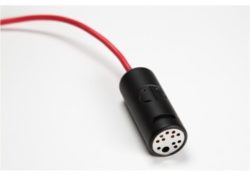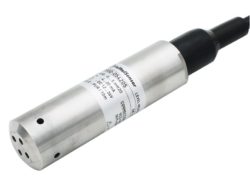wastewater
Edaphic Scientific is now supporting Sea and Sun Technology!
Edaphic Scientific is now the exclusive distributor in Australia and New Zealand for Sea & Sun Technology. We are excited by the opportunity to support Sea & Sun Technology in our part of the world! Sea & Sun Technology is a world-leading, German manufacturer of water-based sensors for marine science, oceanography, limnology, hydrology, hydrography, groundwater,…
Read MoreReducing urban water pollution with water level sensors
Urban storm water drain pollution can increase during dry weather and become an environmental problem. Water level in drains increases because of transient sources such as over-irrigation of gardens, car washing, cleaning of footpaths, as well as constantly-flowing sources such as groundwater infiltration and broken underground pipes. This is known as dry-weather flow, or non-stormwater…
Read MoreAquaponics supported by internet enabled water quality sensors
EcoSystem Farms is utilising modern techniques in aquaponics to create a natural farming system that is -cide free – that is no herbicides or pesticides! Based on the Fleurieu Peninsula, South Australia, EcoSystem Farms deploys ecological principles to create a natural loop between fish and plants where the fish provide the nutrients and the plants…
Read MoreA new water level sensor for hydrology and irrigation
Implexx Sense has released a new range of low cost, IoT-enabled, water level, depth or pressure sensors. The Implexx Water Level Sensor is ideal for hydrologists and irrigation managers. The water level sensors can be installed in tanks, boreholes, streams, lakes, rivers, estuaries and marine environments, to a depth of 200 metres. The Implexx Water…
Read MoreRenewable energy from the mixing of wastewater streams
Dr Fernanda Helfer, Griffith University, was the recipient of the 2016 Edaphic Scientific Research Equipment Grant. In this blog post, Dr Helfer explains her research on renewable energy and wastewater. From 2013 to 2016, the global amount of fresh drinking water produced through seawater reverse osmosis desalination (RO) increased from 25 million m3day-1 to…
Read More




